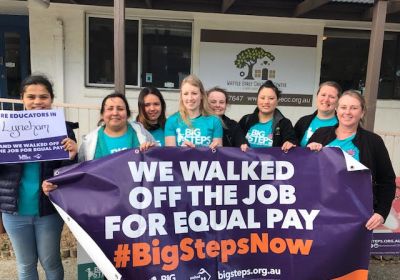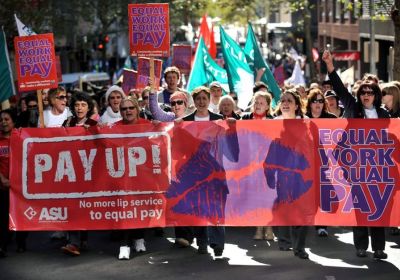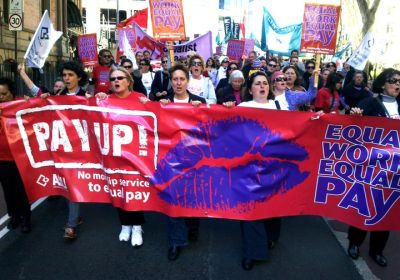
Early childhood educators, from Cairns to Hobart and from Perth to Townsville; from big cities like Sydney to the smallest like Launceston, walked off the job on September 7 to demand equal pay.

Early childhood educators, from Cairns to Hobart and from Perth to Townsville; from big cities like Sydney to the smallest like Launceston, walked off the job on September 7 to demand equal pay.



